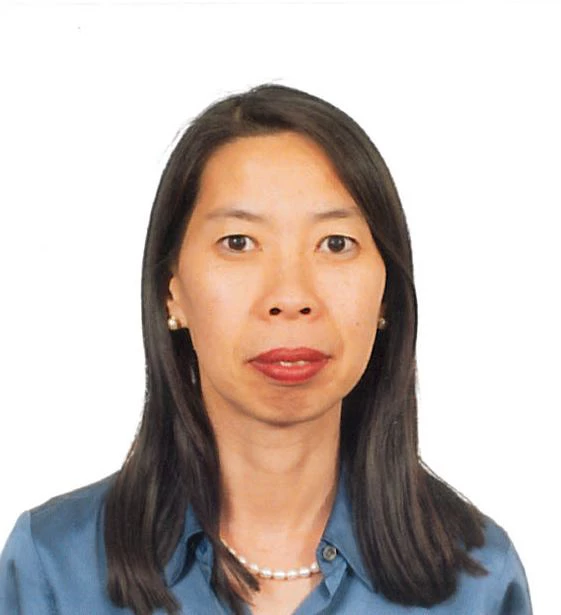There is a lot we still don’t know about COVID-19, but one thing is certain: its impacts are often uneven. The pandemic disproportionately affects certain vulnerable groups, including the poor, women, indigenous people, ethnic minorities, persons with disabilities, sexual and gender minorities, and refugees.
It is critical to have data on these communities for a more equitable and inclusive pandemic response, but there is a problem. Many of these groups are difficult to reach and data collection has become more challenging now that traditional methods are less feasible.
The World Bank’s Social Sustainability and Inclusion (SSI) team is working to fill this gap through Social Impact Monitoring (SIM) of vulnerable groups. We do this mostly in two ways: engaging directly with community leaders to collect primary data, and tapping secondary data from other institutions, such as NGOs and universities.
On the first count, our team is leveraging a wide array of World Bank platforms, especially through our Community-Driven Development operations, to survey community representatives and decisionmakers around the world, often in hard-to-reach regions. We’re using resources like our phone registries of community leaders and citizen engagement platforms to periodically collect data on community knowledge and practices related to COVID-19 and its impact on marginalized groups. These mechanisms also help us understand the effectiveness of assistance programs and monitor social unrest.
So far, these efforts span 24 countries and use quantitative and qualitative approaches. In Afghanistan, for example, the Citizen’s Charter Program polled over 12,000 community development councils through an interactive voice response phone survey in Pashto and Dari.
In the Kyrgyz Republic, the Third Village Investment Project worked with project facilitators to build a database of nearly 4,000 respondents—representing community leaders from every region in the country— who are polled monthly to gather insights into community conditions.
These efforts have generated important insights into how COVID-19 is affecting groups like persons with disabilities, poor women, and ethnic minorities. In the Kyrgyz Republic, data revealed that while 91% of respondents are familiar with the virus, only 27% reported that ethnic minorities are receiving enough information about the virus. In other words, adequate information about COVID-19 may not be reaching everyone equally.
In Afghanistan, our baseline phone survey conducted from August to October 2020 found that 82% of respondents knew nothing or very little about the virus, 13% of communities reported receiving government assistance, and 30% of communities reported social unrest related to COVID-19. The survey also revealed that ‘food shortages’ were the most common coronavirus-related problem for communities. The World Bank continues to support the government’s effort to distribute COVID-19 food assistance to over 5 million poor Afghan households—approximately 90 percent of the households in the country—through the CCAP and REACH programs. We plan to conduct an endline survey in the coming months to understand the effectiveness and inclusivity of this assistance.
Meanwhile, our secondary monitoring data highlights the differential impacts of COVID-19 in a variety of settings, from disproportionate food insecurity and job disruption in refugee households in Uganda, Turkey, and Iraq, to a perception among sexual and gender minorities that they are at greater risk of violence due to scapegoating.
In interviews with over 1,400 migrants and refugees across Asia, Latin America, and Africa, 47% reported increased difficulty crossing borders, resulting in an increased dependence on smugglers and dangerous routes.
These findings offer important tips for a more inclusive recovery. Engaging vulnerable voices, for example through citizen engagement platforms and trusted community leaders, can improve access to information and reduce barriers to receiving assistance. This information can help inform the targeting of food assistance, cash transfers, specific health messages, and even future vaccination campaigns. In Afghanistan, the program can increase the communication campaigns in areas of the country where female heads of households, persons with disabilities, and migrants are not receiving sufficient information. Our qualitative assessments on indigenous people across Latin America and the Caribbean and East Asia and the Pacific revealed concerns about accessing government assistance due to geographic and information barriers and lack of documentation. Governments and NGOs can use these findings to improve the quality and criteria for COVID-19 recovery assistance and vaccination campaigns.
As governments and non-governmental actors work to build an inclusive and resilient recovery, continued access to timely data on vulnerable groups will be fundamental. We hope that our Social Impact Monitoring data continues to provide a resource to make responses to COVID-19 more inclusive.
RELATED
The World Bank Group’s Response to the COVID-19 (coronavirus) Pandemic






Join the Conversation